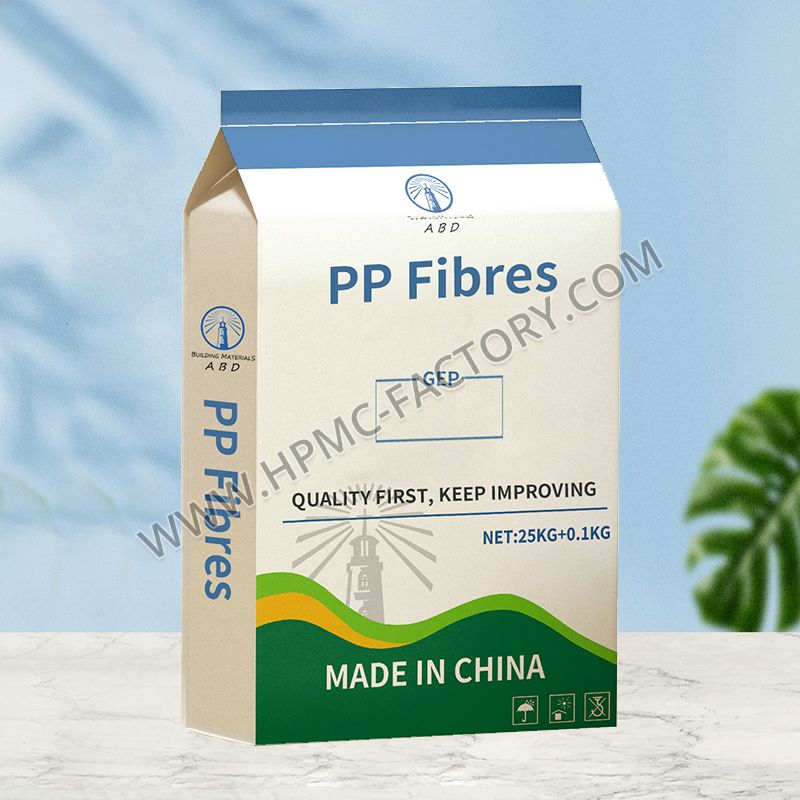What is the use of PP fiber in concrete?
Polypropylene fiber a synthetic material derived from petroleum, has gained substantial traction as a reinforcing agent in concrete mixtures. These fibers are engineered to be incredibly durable and resistant to chemical deterioration, making them an ideal candidate for enhancing concrete's characteristics. When incorporated into concrete, PP fibers form a three-dimensional network that effectively controls cracking and improves the material's tensile and flexural strength.

Benefits of Using PP Fiber in Concrete
Crack Control and Prevention
One of the primary challenges in concrete construction is the formation of cracks due to shrinkage, temperature changes, and other external factors. PP fibers play a pivotal role in minimizing these cracks by providing internal support and distributed reinforcement throughout the concrete matrix. This reduction in cracks not only enhances the structural integrity but also prevents water and corrosive substances from infiltrating the concrete.
Enhanced Durability
Durability is a critical factor in determining the longevity of concrete structures. PP fibers significantly improve concrete's resistance to various forms of deterioration, including abrasion, freeze-thaw cycles, and chemical attacks. This increased durability ensures that the concrete remains resilient and functional even in harsh environmental conditions.
Increased Flexural and Impact Strength
PP fiber enhance the flexural and impact strength of concrete, making it more capable of withstanding heavy loads and dynamic forces. This property is particularly beneficial in applications where the concrete is subjected to intense mechanical stress, such as industrial flooring, pavements, and earthquake-resistant structures.
Reduced Plastic Shrinkage Cracking
During the initial stages of concrete curing, plastic shrinkage cracking can occur due to rapid moisture loss. The addition of PP fibers mitigates this issue by providing early-age crack control, allowing the concrete to set and cure without significant cracks forming.
Improved Cohesion and Workability
PP fibers enhance the cohesion of the concrete mix, resulting in improved workability and ease of placement. This is especially advantageous in complex architectural designs or intricate concrete elements where achieving proper consolidation can be challenging.
Applications of PP Fiber-Reinforced Concrete
The versatility of PP fiber-reinforced concrete lends itself to a wide range of construction applications:
Infrastructure Projects: PP fiber-reinforced concrete is extensively used in the construction of bridges, tunnels, and highways, where durability and longevity are paramount.
Residential and Commercial Construction: From residential buildings to commercial complexes, PP fiber-reinforced concrete offers enhanced structural integrity and resistance to wear and tear.
Industrial Flooring: Industries benefit from the impact resistance and reduced maintenance offered by PP fiber-reinforced concrete floors.
Precast Elements: Precast concrete products, such as panels and pipes, utilize PP fibers to improve their strength and handling during transportation and installation.
Swimming Pools and Water Features: The resistance to cracking and water damage makes PP fiber-reinforced concrete an excellent choice for aquatic structures.
Incorporating PP Fiber: Best Practices
To fully capitalize on the benefits of PP fiber in concrete, it's essential to follow best practices during the mixing and placement processes. Here are some key steps to consider:
Dosage Control: The appropriate dosage of PP fibers must be determined based on the specific project requirements. Generally, dosages between 0.5 to 2.0 kg/m³ provide effective results.
Mixing Procedures: PP fibers should be added to the concrete mix during the batching process. Proper mixing is crucial to ensure uniform dispersion of the fibers throughout the mixture.
Curing Regimen: Adequate curing plays a vital role in maximizing the properties of PP fiber-reinforced concrete. Maintain consistent moisture levels and temperature conditions during the curing period.
Quality Control: Regular testing and quality checks should be conducted to verify the performance of the PP fiber-reinforced concrete, ensuring it meets the desired standards.
Conclusion
Polypropylene fiber has revolutionized the world of concrete construction by offering a reliable solution to enhance durability, minimize cracks, and improve overall structural integrity. Its versatility and ability to address common challenges associated with traditional concrete make it a sought-after choice for various construction projects. Whether used in infrastructure, residential, or commercial applications, PP fiber-reinforced concrete stands as a testament to innovation in the construction industry.
Incorporating PP fibers into concrete formulations requires a thorough understanding of dosage, mixing, and curing techniques. When executed correctly, PP fiber-reinforced concrete has the potential to transform the way we build, ensuring longevity, resilience, and enhanced performance for generations to come. More details please contact AiBeiDe

